Genetic improvements continue at YSFRI in China
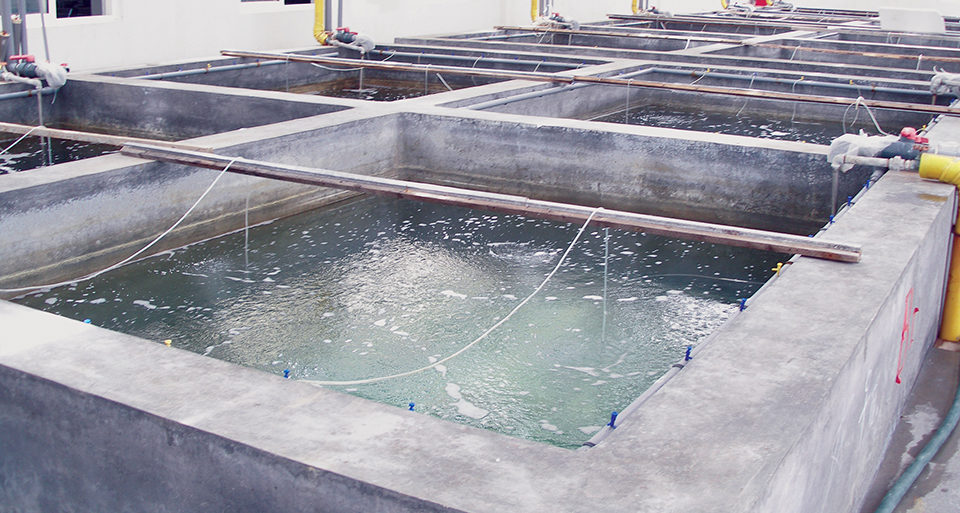
Recent improvements in farming practices for fleshy shrimp (Fenneropenaeus chinensis) in northern China have proved that selective breeding and genetic improvement are critical for the industry to recover from the impacts of White Spot Syndrome Virus (WSSV).
Since 1997, scientists at the Yellow Sea Fisheries Research Institute (YSFRI) worked to select and breed a new variety of F. chinensis with improved grow-out performance. In 2004, they produced a fast-growing population called Huanghai No. 1 after seven generations of selection. Further selective-breeding research is ongoing.
New breeding center
Funded by the Ministry of Agriculture, YSFRI recently built a new Genetic and Breeding Center for Mariculture in Qingdao. Fully operational since spring, the facility includes a 2,500-square-meter greenhouse set up with 300, 200-liter fiberglass tanks and 50, 10- to 40-cubic-meter cement tanks for larval culture.
Outdoors, 112 tanks of varied sizes are used to grow selected shrimp lines after tagging. Selected animals are raised as broodstock in four, 150-cubic-meter cement tanks. A 600-square-meter greenhouse produces unicellular algae used as feed during early stages of larval shrimp rearing.
This year, 180 full-sib and half-sib lines of F. chinensis have been produced. Comparative studies with the animals’ growth performance and other economic traits, including disease resistance, and molecular analysis, are ongoing.
New shrimp line
With support from the government fishery agency and shrimp farmers, YSFRI has made significant efforts to popularize the new Huanghai No. 1 line in the northern China provinces of Shandong, Jiangsu, and Hebei, and various culture demonstration projects have been carried at different scales.
More than 10,000 selected spawners overwintered in indoor tanks were distributed in early March to several hatcheries for larval production. In Hebei Province, a hatchery produced 100 million postlarvae using 1,000 spawners, while at the Changyi hatchery in Shandong Province, 150 million postlarvae were produced from 1,600 spawners. In 2006, the total pond area stocked with the Huanghai No. 1 line is over 6,500 ha. To date, data on grow-out parameters are normal, and a good harvest is expected.
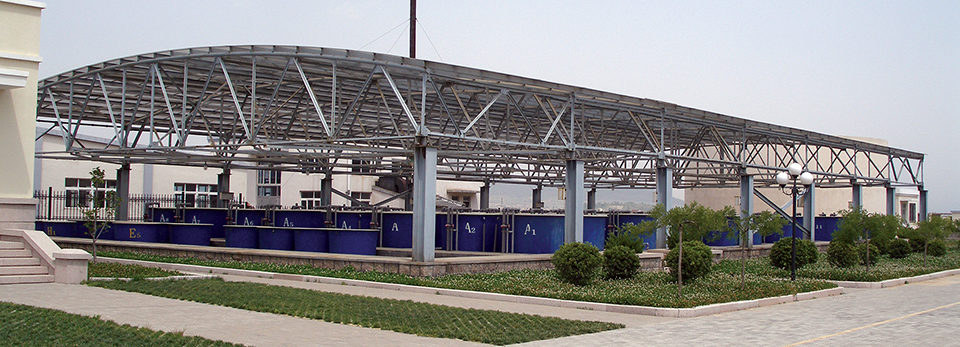
Cooperative breeding
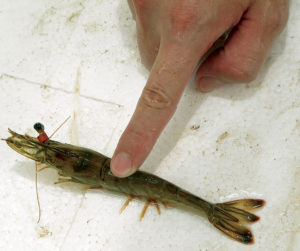
A cooperative program for the selective breeding of F. chinensis is currently under way between YSFRI of China and AKVAFORSK of Norway. Special software has been developed to manage and analyze the data collected during shrimp pairing, mating, hatching, larval rearing, tagging, and grow-out. This cooperation will promote and speed up the process of breeding the new shrimp lines. Initiatives and techniques developed during the effort may benefit selective-breeding programs for other aquatic species.
Biochemical and molecular studies and analysis on the Huanghai No.1 shrimp variety have been conducted at YSFRI. Two techniques – simple sequence repeats (SSR) and amplified fragment length polymorphism of DNA (AFLP) – were applied to track the genetic variation of F. chinensis during the selective-breeding process.
The genetic polymorphism and other parameters calculated from SSR showed no differentiation between the basic population and the four successive generations, although there was a slight change on the Hardy-Weinberg Equilibrium, a unifying concept of population genetics that predicts how gene frequencies are transmitted from generation to generation.
The AFLP technique produced similar results. The genetic variation showed some decrease when the selective generation increased, but this decrease between two successive generations became indistinct with the selection advance. In summary, the genetic structure and variation of the selected generations of F. chinensis were preserved while the population selective breeding was carried through, and there was potential for further selection.
Marker-assisted selection
Remarkable progress in marker-assisted selection was made during the breeding selection work with F. chinensis. In particular, two aspects should be emphasized: molecular markers associated with growth and WSSV resistance, and genetic linkage map construction and quantitative trait loci. The loci are regions of DNA, often on different chromosomes, associated with particular phenotypic traits. So far, nine AFLP markers related to disease resistance were isolated and sequenced, and other RAPD and SSR markers associated with growth or action against WSSV were also detected.
Two stages of genetic linkage mapping of F. chinensis based on AFLP markers have been completed. The first, reported in 2004, involved the first frame linkage map of F. chinensis. In the second stage, the mapping population numbers and markers involved were increased, families of F. chinensis were collected for AFLP analysis after WSSV challenge, and the standard length and weight data were scaled. Not only was the middle-density linkage map of AFLP produced, but 11 quantitative trait loci associated with WSSV resistance, standard length, and weight were also located on the linkage groups. Ongoing research at the genetic laboratory of YSFRI involves construction of the high-density linkage map and trait loci mapping of disease resistance and seven immune traits of F. chinensis.
(Editor’s Note: This article was originally published in the November/December 2006 print edition of the Global Aquaculture Advocate.)
Now that you've reached the end of the article ...
… please consider supporting GSA’s mission to advance responsible seafood practices through education, advocacy and third-party assurances. The Advocate aims to document the evolution of responsible seafood practices and share the expansive knowledge of our vast network of contributors.
By becoming a Global Seafood Alliance member, you’re ensuring that all of the pre-competitive work we do through member benefits, resources and events can continue. Individual membership costs just $50 a year.
Not a GSA member? Join us.
Authors
-
Dr. Qingyin Wang
Yellow Sea Fisheries Research Institute
Chinese Academy of Fishery Sciences
Nanjing Road
Qingdao 266071 P. R. China -
Dr. Jie Kong
Yellow Sea Fisheries Research Institute
Chinese Academy of Fishery Sciences
Nanjing Road
Qingdao 266071 P. R. China -
Dr. Jian Li
Yellow Sea Fisheries Research Institute
Chinese Academy of Fishery Sciences
Nanjing Road
Qingdao 266071 P. R. China -
Dr. Weiji Wang
Yellow Sea Fisheries Research Institute
Chinese Academy of Fishery Sciences
Nanjing Road
Qingdao 266071 P. R. China
Related Posts
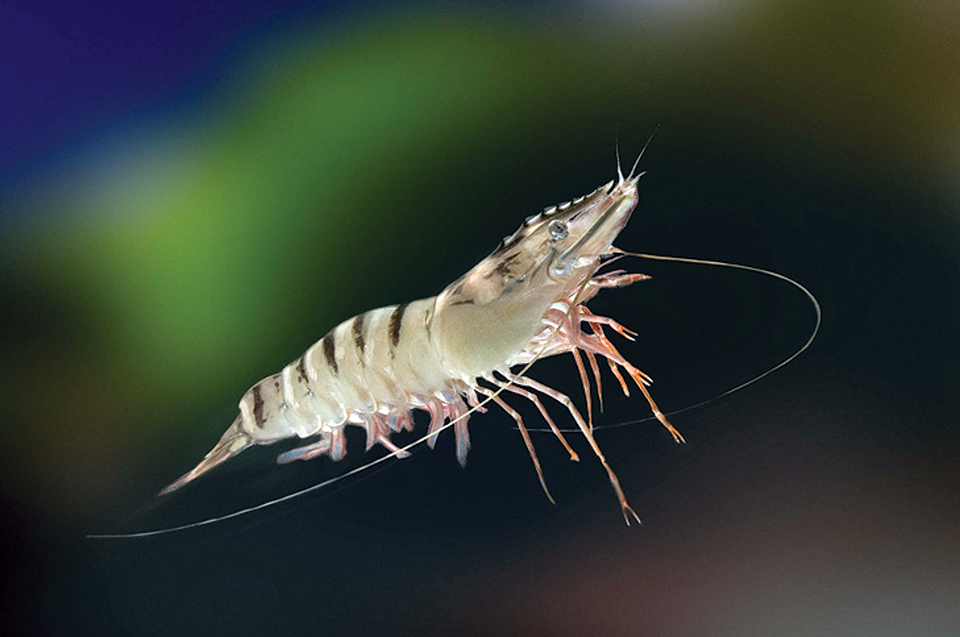
Health & Welfare
Black tiger domestication, selective breeding advance in Australia
Using clear-water tank systems, CSIRO and a collaborating farm have advanced the domestication of black tiger stocks in Australia.

Health & Welfare
10 paths to low productivity and profitability with tilapia in sub-Saharan Africa
Tilapia culture in sub-Saharan Africa suffers from low productivity and profitability. A comprehensive management approach is needed to address the root causes.

Health & Welfare
A holistic management approach to EMS
Early Mortality Syndrome has devastated farmed shrimp in Asia and Latin America. With better understanding of the pathogen and the development and improvement of novel strategies, shrimp farmers are now able to better manage the disease.
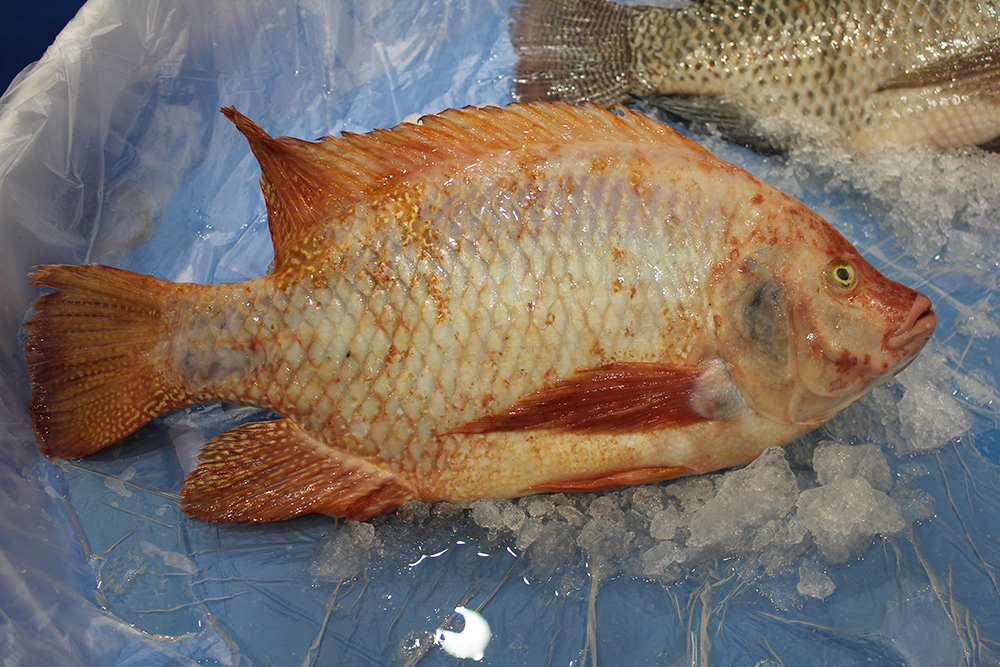
Intelligence
Adding value to tilapia to tap into U.S. market
New markets for tilapia and expansion of existing ones can be created by planning and implementing properly designed geographic strategies to meet discriminating consumer preferences. Low labor costs in most producing countries promotes value-adding by the production of fresh fillets.


